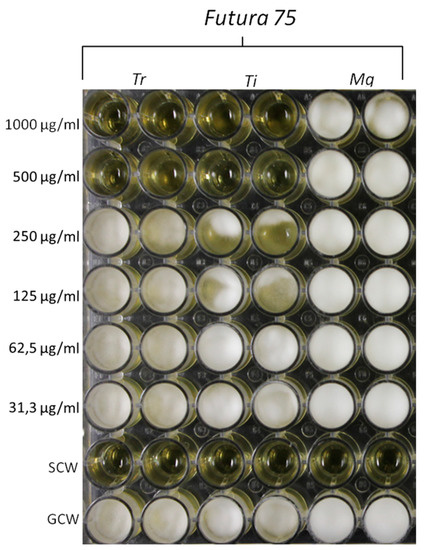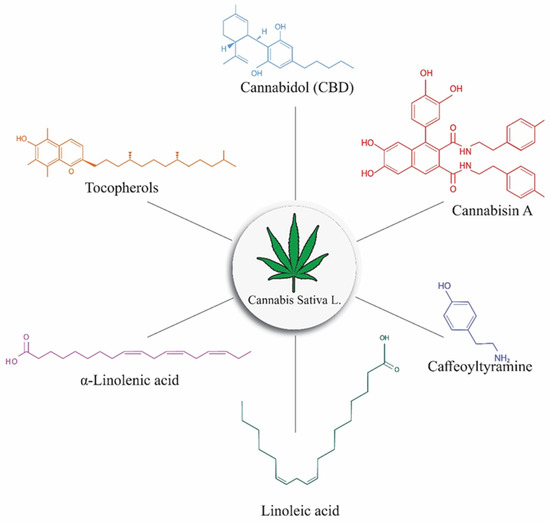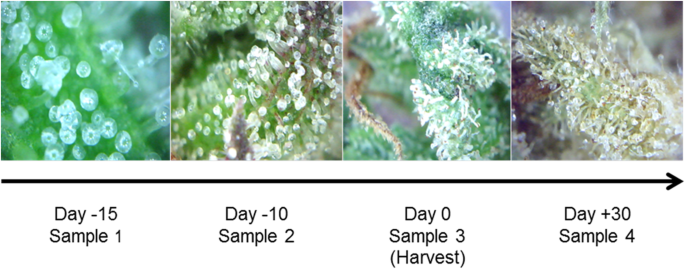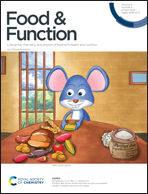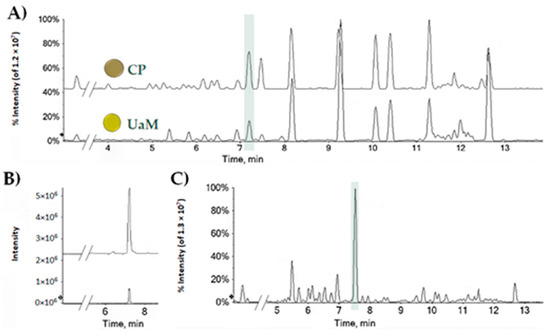
“In addition to preventing infection and promoting angiogenesis, novel hydrogel dressings are highly expected to possess the potential to scavenge reactive oxygen species (ROS) and reduce inflammatory responses during the wound healing process. In this study, we designed and fabricated a hydrogel dressing (CBD/Alg@Zn) containing cannabidiol (CBD) based on the ion crosslinked interaction between Zn2+ ions and the alginate polymer (Alg). The as-fabricated hydrogel exhibited a suitable swelling ratio, sufficient thermal stability, and stable rheological property. In vitro biological activity experiments indicated that the hydrogel has good biocompatibility, antibacterial activity, and angiogenesis properties. Moreover, it could significantly scavenge DPPH (2,2-diphenyl-1-picrylhydrazyl) free radicals and reduce the inflammatory response. In vivo studies revealed that the CBD/Alg@Zn hydrogel significantly facilitated the wound healing process by controlling the inflammatory infiltration, promoting collagen deposition and the granulation tissue, and benefiting the formation of blood vessels. We, therefore, suggested that CBD/Alg@Zn hydrogel should be a potential candidate material for wound dressing and skin tissue engineering.”
https://pubmed.ncbi.nlm.nih.gov/35523648/
“A cannabidiol-containing alginate based hydrogel (CBD/Alg@Zn) was developed as novel multifunctional wound dressing.•
The Alg@Zn hydrogel not only acts as a drug carrier but also shows significantly anti-bacterial and angiogenic activities.•
The introduction of cannabidiol (CBD) endowed the hydrogels with antioxidant and anti-inflammatory effects.•
The CBD/Alg@Zn hydrogel showed accelerated wound healing effect in vivo.”
https://www.sciencedirect.com/science/article/abs/pii/S0928493121007001?via%3Dihub

